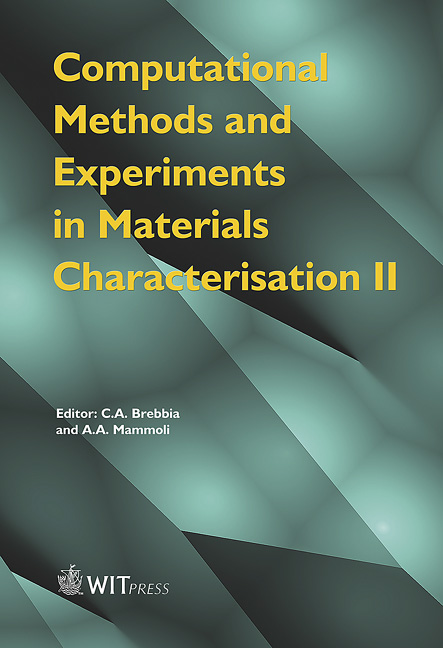Characterization Of Dislocation In Underground Mass Using Coupled Modeling
Price
Free (open access)
Transaction
Volume
51
Pages
9
Published
2005
Size
539 kb
Paper DOI
10.2495/MC050321
Copyright
WIT Press
Author(s)
V. Doležel & P. Procházka
Abstract
This paper deals with an application of coupled modeling in the identification of dislocation occurring in coal mines, threatening workers in the underground structures. The bumps can be induced by different circumstances. One of them is an accumulation of energy in unpredictable dislocations. The measurement on site for learning the position of bumps is very expensive and unreliable. One of the most reliable approaches is physical modeling, which enables one to carry out parametric studies and after certain results from these models one can assess the most probable concentration of stresses. On the other hand, the stresses are measured in a very difficult way, so that numerical analysis should be prepared. In numerical analysis the contact problem in limit state estimation is based on the data from physical modeling. Physical modeling seems to be the best for linear analysis. This is not the case in our study and great efforts are needed to estimate the real behavior of the material. The support of physical modeling mathematical formulation and numerical treatment can lead us to the location of bumps. In general, a large iteration should be used to solve the strongly nonlinear problem in all subdomains ranged in boundaries given by possible dislocations, and on the interfacial boundaries (dislocations). In order to eliminate some principal directions of iteration the physical modeling is used and the numerical processes become bearable. On the other hand, more dislocations can be sought by this modeling and the only restriction needed is to know that no internal dislocations are probable. It means that every discontinuity induces a statically determined or undetermined problem. A typical example from practice verifies the theory based on the back of the analysis.
Keywords





